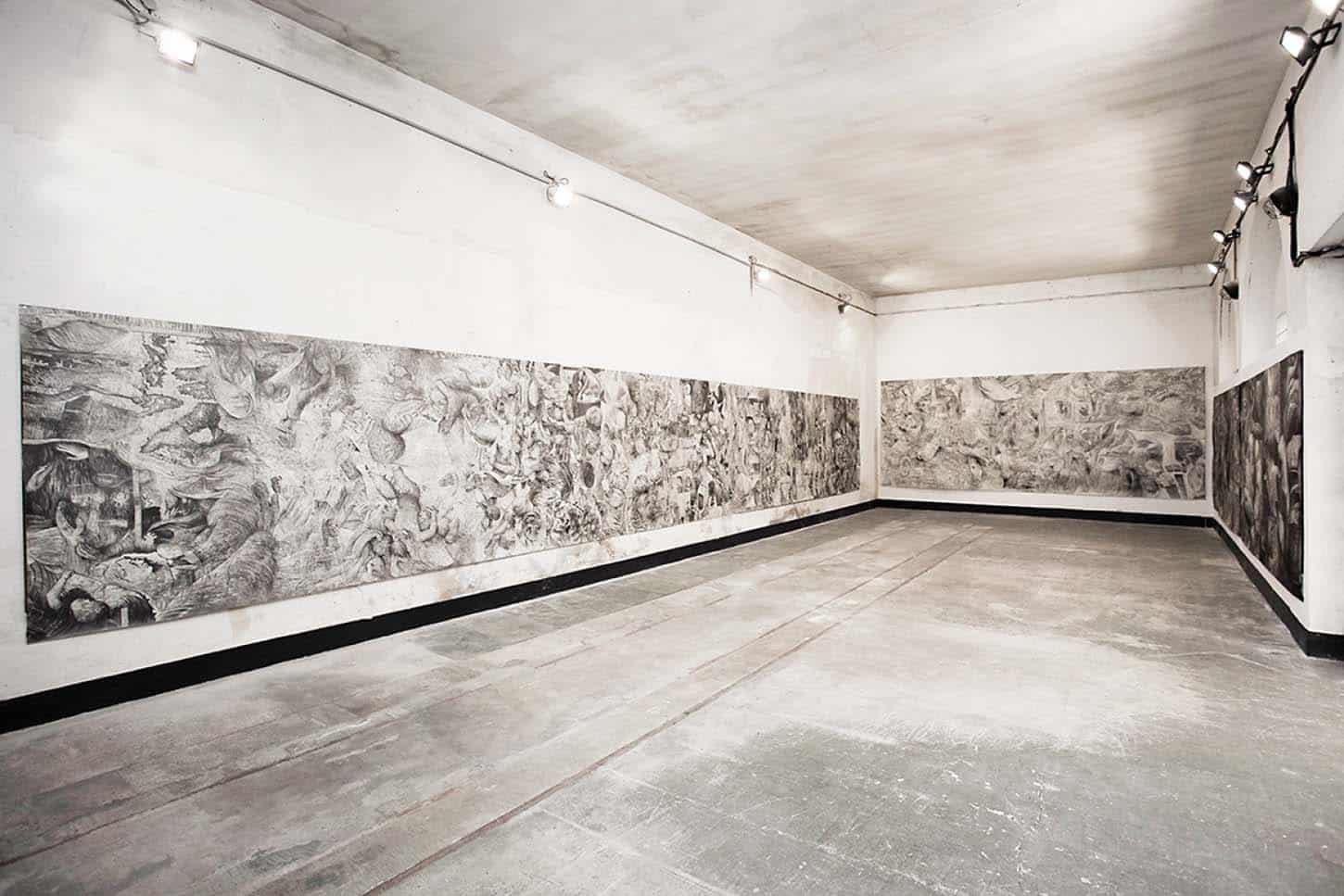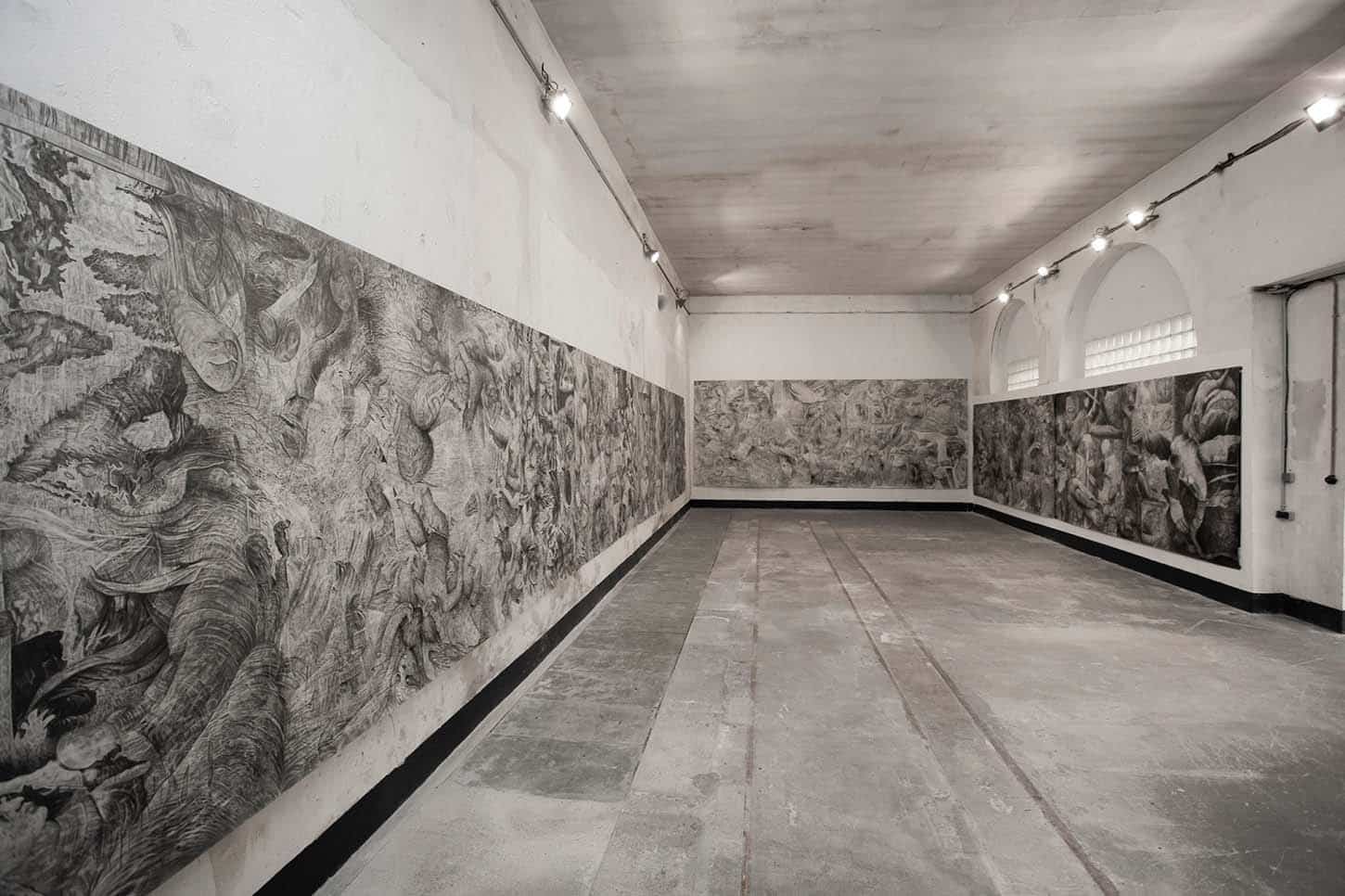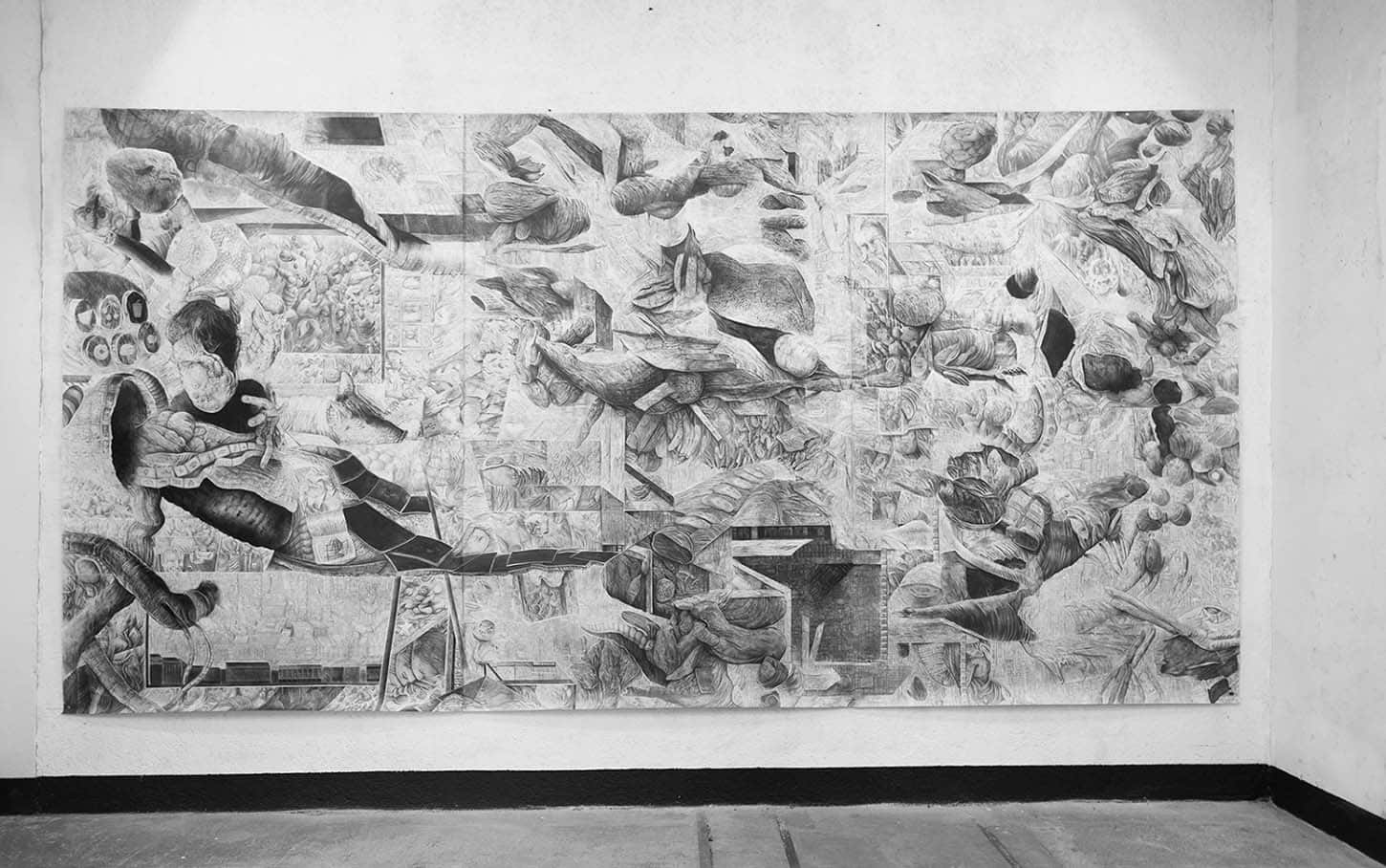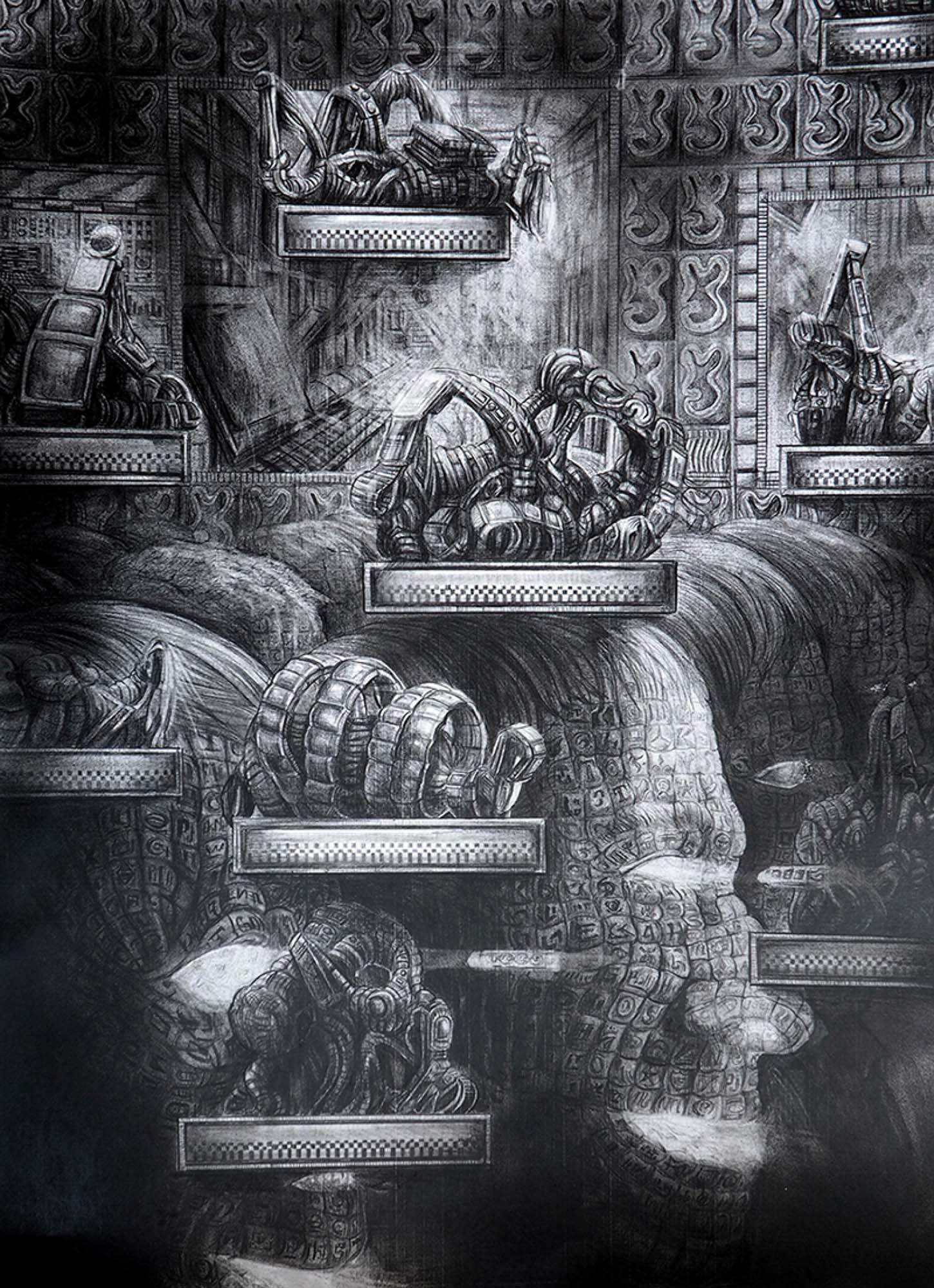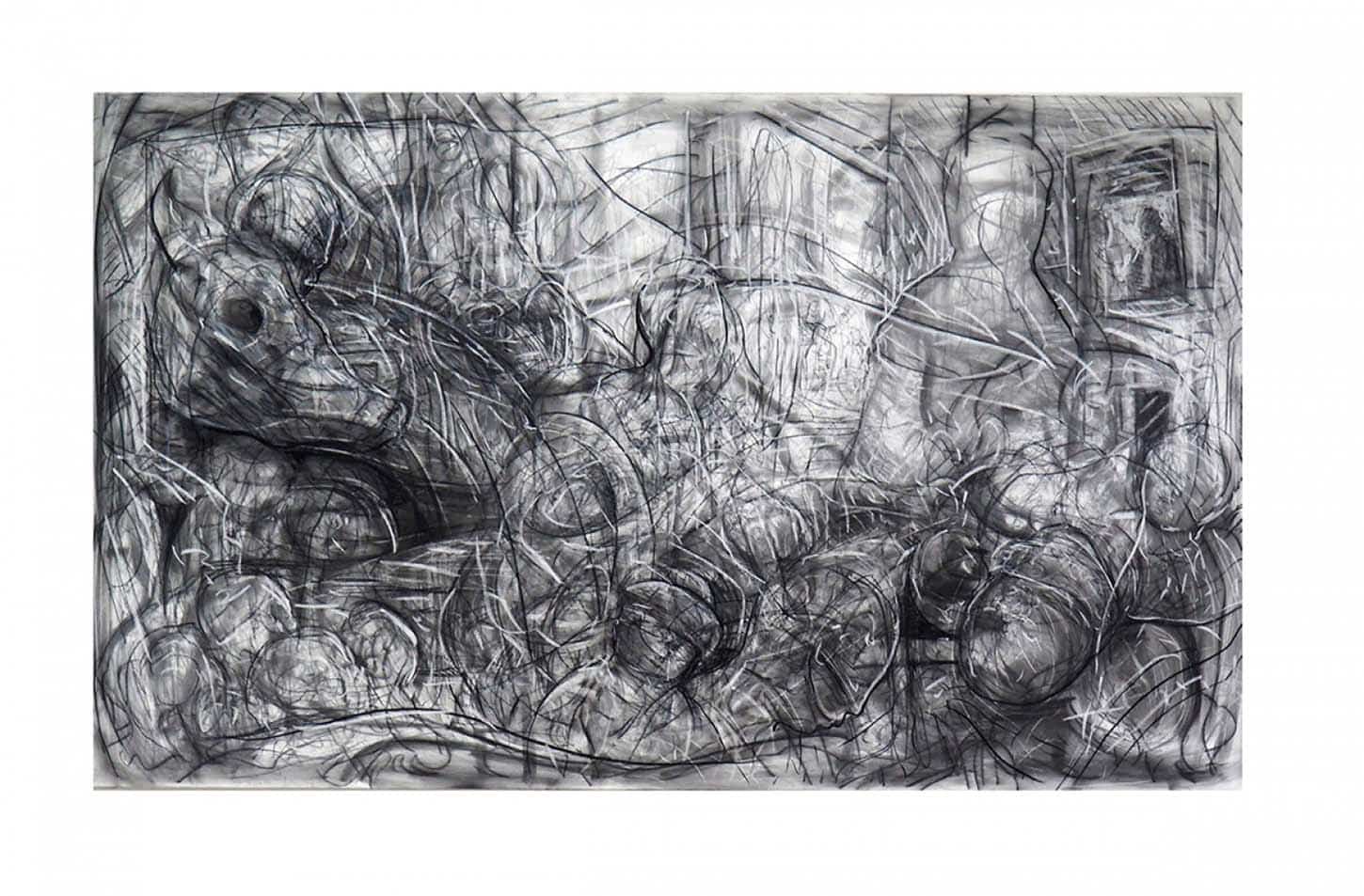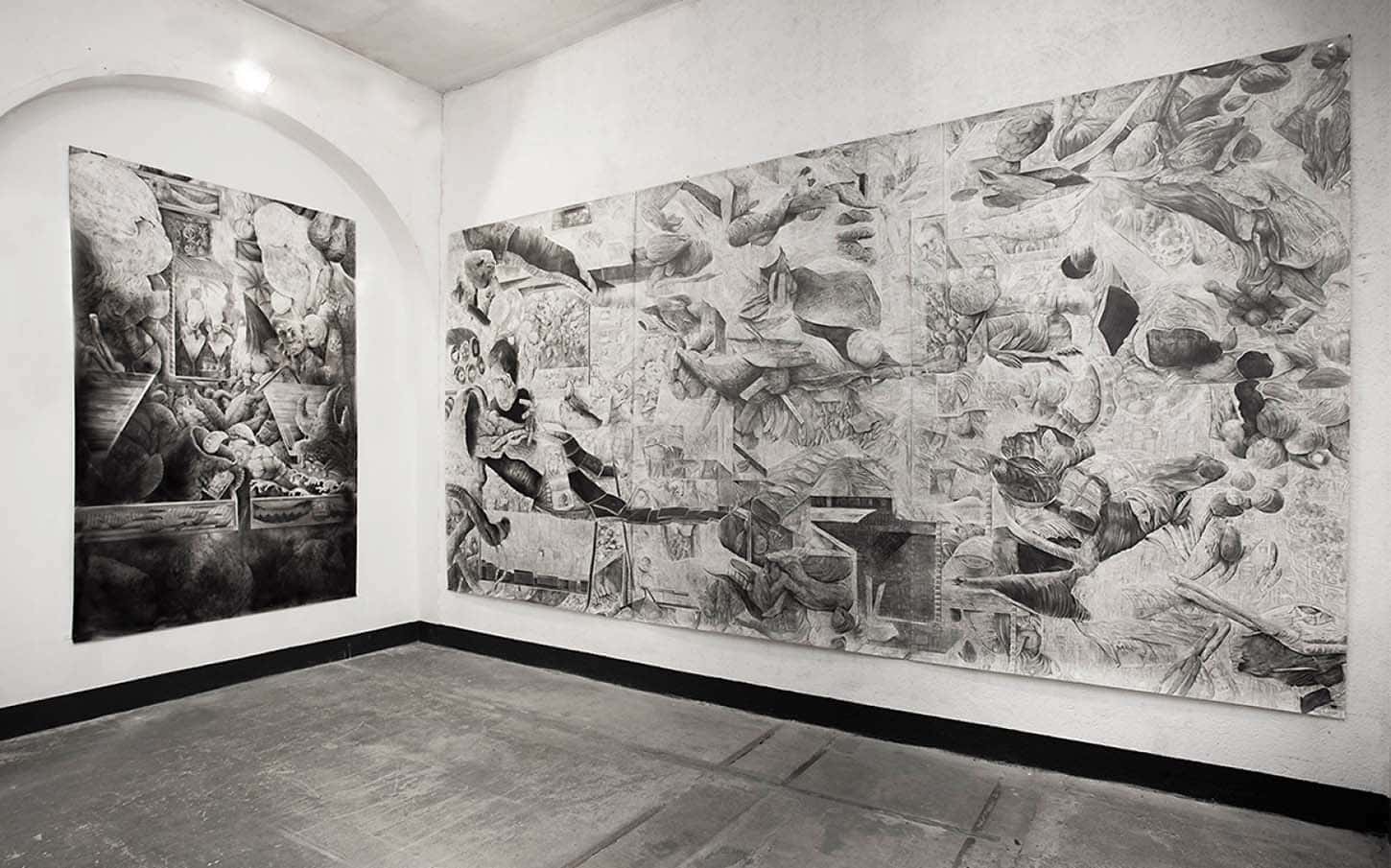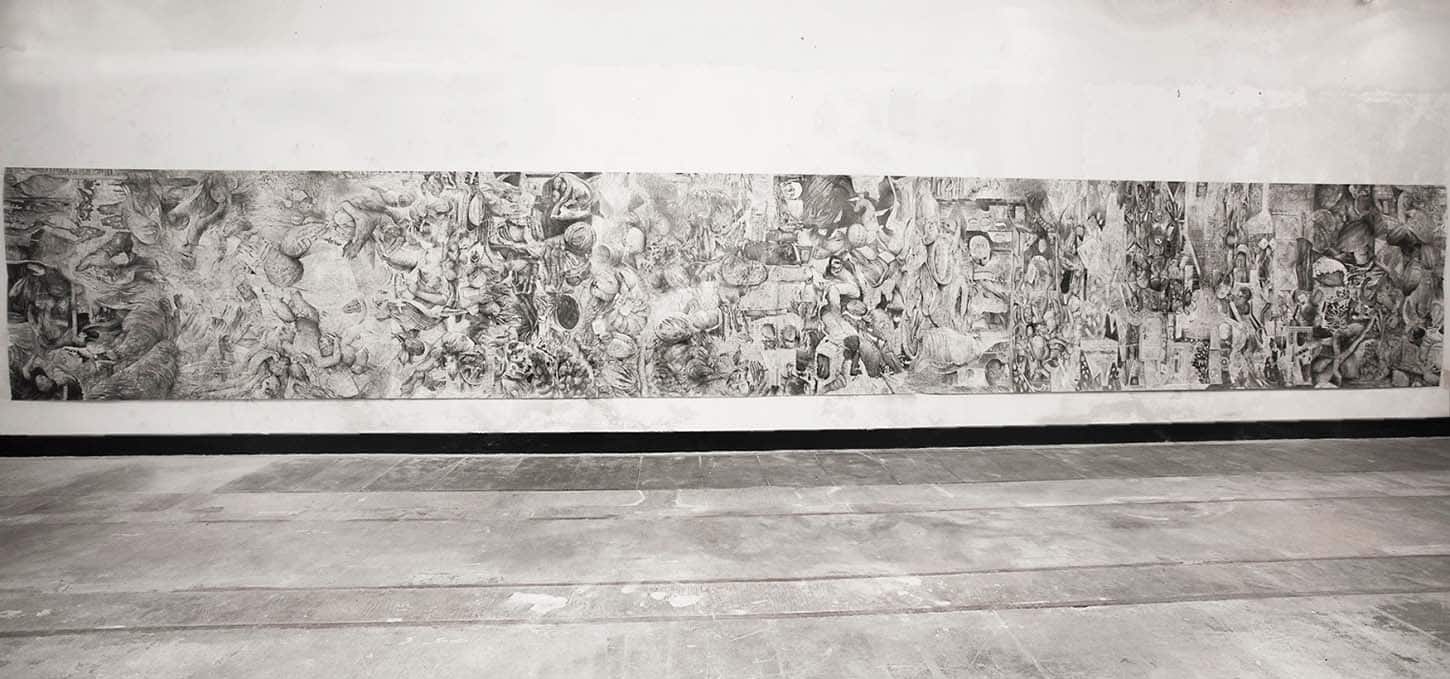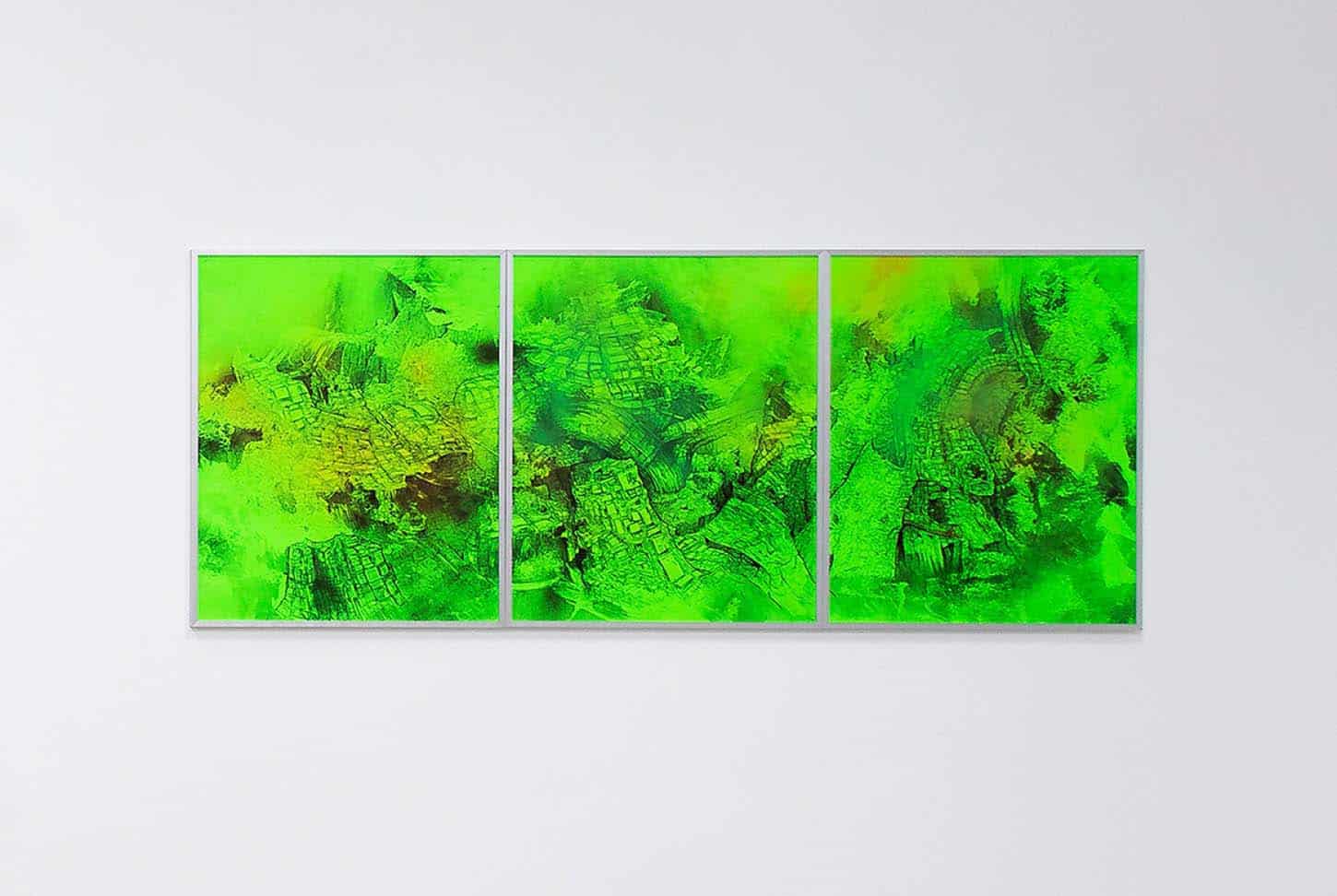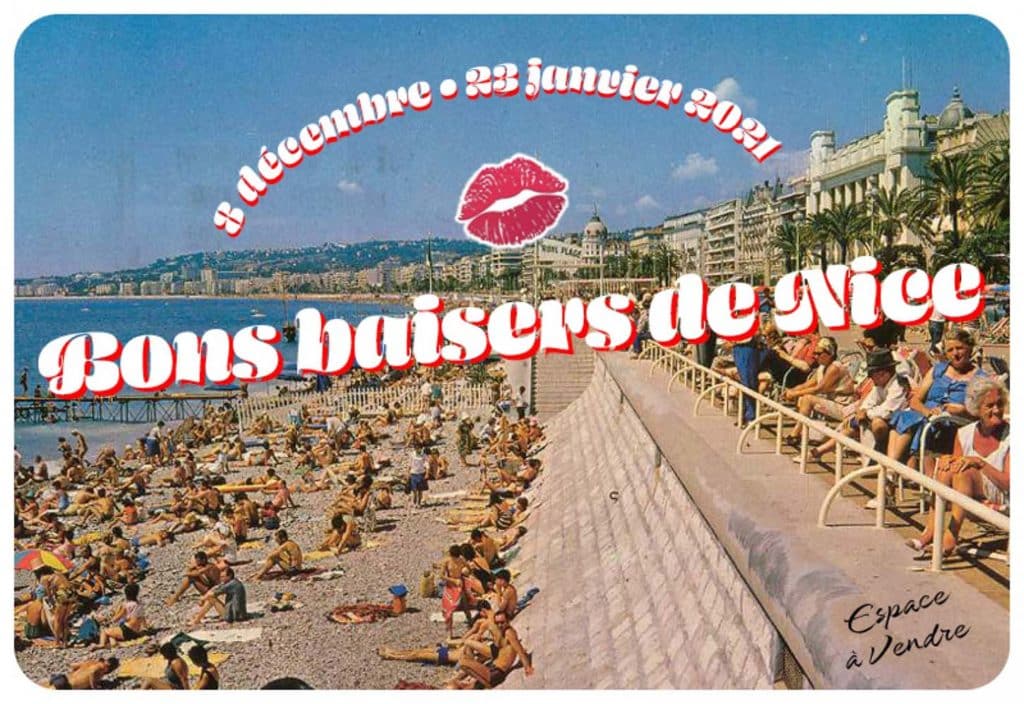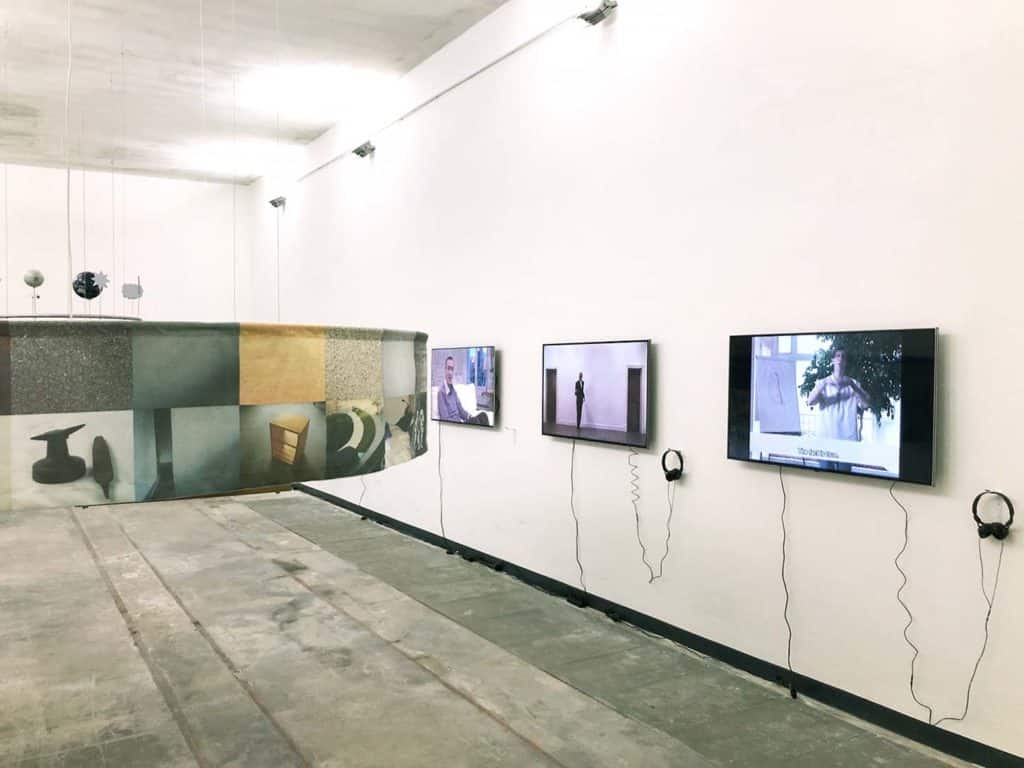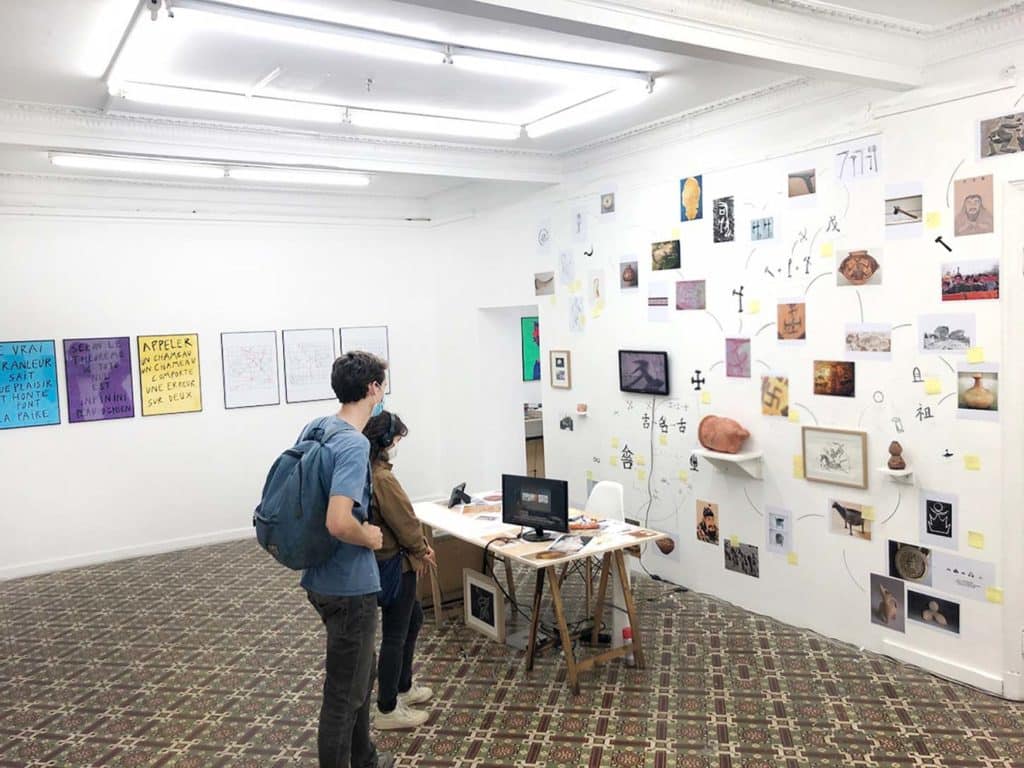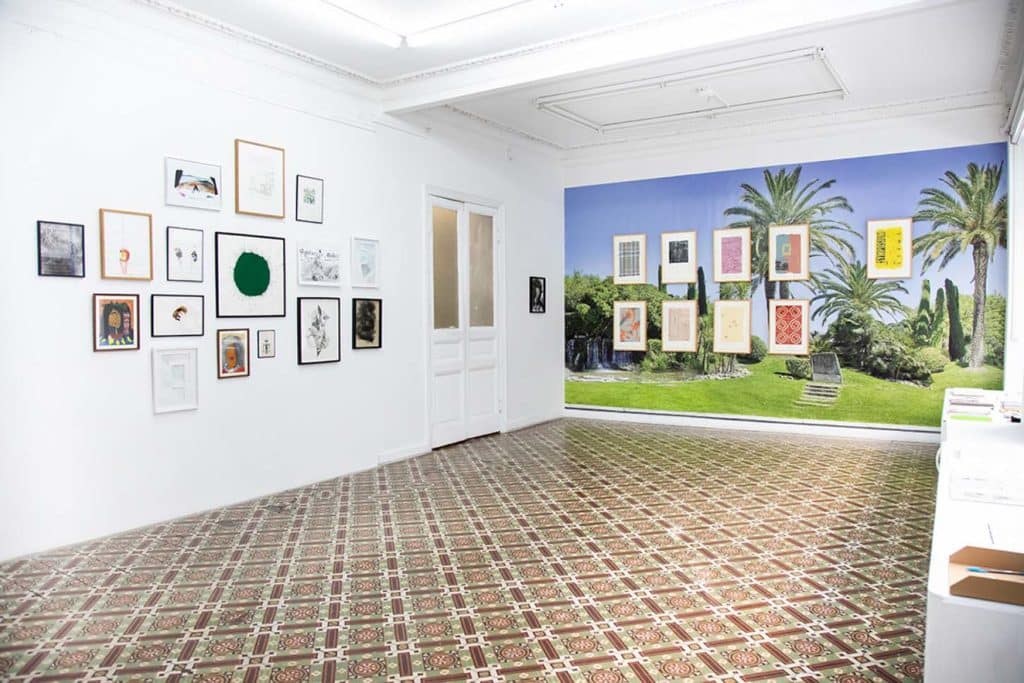february 24 • september 12, 2020
Espace A VENDRE presents an exciting solo show by Quentin Spohn. This artist, who has made black stone his best ally, will deploy a monumental and grandiose fresco that will occupy the entirety of the largest room of the Espace A VENDRE: Le Château.
See the fresco in ultra high definition of Quentin Spohn’s fresco, made especially for the Castle of Espace A VENDRE.
• link : https://bit.ly/2VntE6g
You will be able to virtually explore the smallest details of this fascinating work of over 35 meters long, inspired as much by Flemish painting of the 16th century as by comic books or science fiction. IMPORTANT ! For a full efficiency of this software we advise you to put the drawings in full screen from the beginning! Enjoy!
Trained at the Villa Arson, from which he graduated in 2013, Quentin Spohn has since been exhibiting and winning prizes, reinforcing a singular, virtuoso, fascinating practice. Triply awarded at the Jeune Création show in 2017 (winner of the Filaf, Art Collector and Jennifer Flay prizes), he has participated in exhibitions in Nice (Villa Cameline, Villa Arson, Galerie de la Marine, etc.), Paris (Espace Niemeyer, Thaddeus Ropac gallery, Bastille Design Center, etc.), Bordeaux or Marseille. He has also had several solo exhibitions in Paris (Premier Regard), Beijing, or Nice (Le Dojo).
Previously exhibited at Espace à vendre during group shows, this first solo show marks the beginning of a long-term collaboration that will continue in March with the presentation of Quentin Spohn (artist in focus) at the Carreau du Temple, in Paris, for the inescapable drawing show Drawing Now.
[…] “Spohn is a tireless worker, not a hard worker, but a prolific one, working on large formats. For his most complex paintings, teeming with characters and details, the linearity of the narrative is difficult to reconstitute, because he proceeds by associations of ideas and images, as in a waking dream. Upstream, he cultivates sequences of drawings, associated with some works to which he refers. His triptych – Untitled, 2012 – recalls the carnivalesque scenes of Ensor or the characters in the engravings of Dix or Beckmann, elsewhere they are those of Crumb and Bosch. Then, by dint of successive sketches, the scenes become autonomous and distinguish themselves through the frenzy of a teeming farce.” S. Cattini



